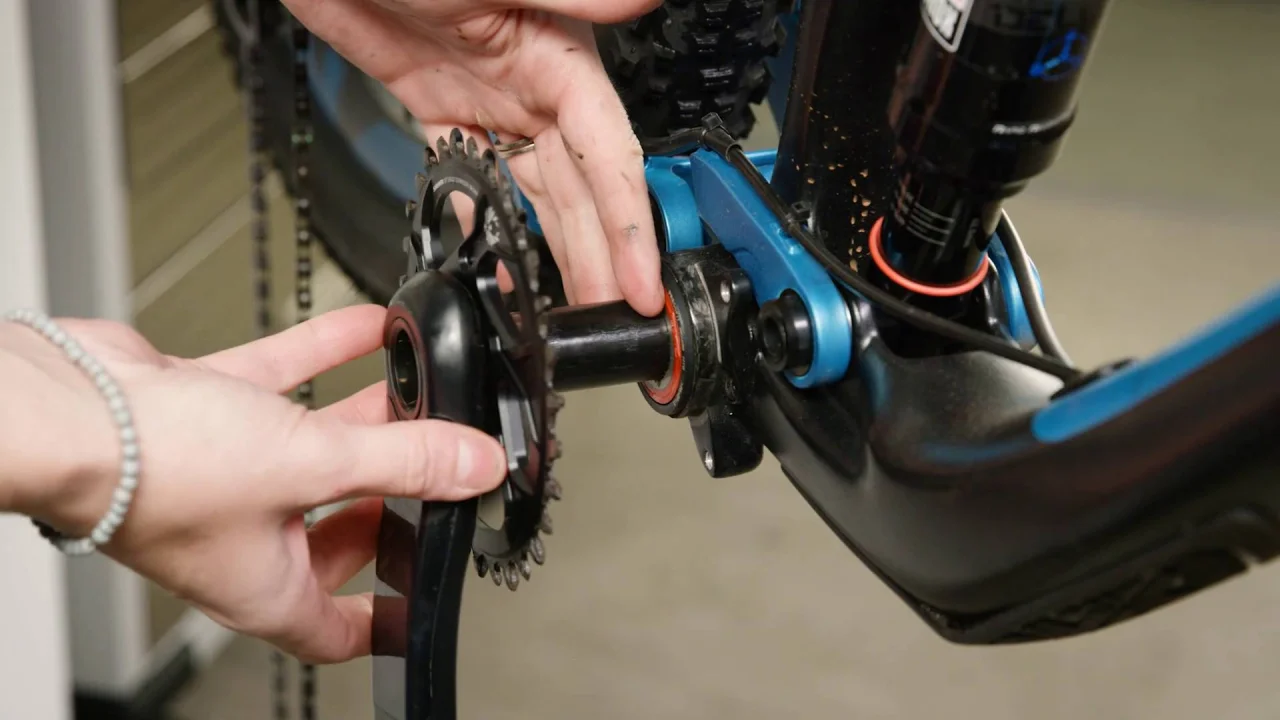How to Properly Maintain Your Vehicle for Longevity
An automobile is one of the biggest investments an individual will ever make, so its maintenance should be prioritized for optimal performance and to increase its lifespan and lower repair costs. By regularly performing scheduled checks on it and performing necessary repairs when needed, proper care will help increase its lifespan while decreasing costly repairs down the line.
Proper car maintenance includes following recommended service schedules and performing simple checks between professional services. Adopting this strategy will extend its lifespan while keeping it running efficiently.
Check the Tire Pressure
Properly inflated tires improve fuel economy, handling, tire wear and vehicle comfort. A tire pressure gauge can easily be found at most auto parts stores to check tire pressure regularly or before long trips. Checking pressures once every month or before long journeys is advised for optimal results.
Your owner’s manual or the tire pressure information placard in either the glove box or fuel filler door may provide information on recommended tire pressure levels for your vehicle. Please keep in mind, though, that these pressures are based on what came standard on the tires and wheels included with your car and may not be accurate if you opt for different-sized wheels or tires.
To determine your air pressure, remove the valve cap and use your tire gauge to press against each of the four valve stems for two or three seconds (you should hear a hiss). Do this on all four tires as well as any spare tires your car might have.
Clean the Interior
An automobile’s interior can quickly become disorganized when children, pets and adults use their car for weekend adventures or sports team carpooling – becoming filled with trash, empty drink containers and abandoned cleats.
Regular interior cleaning helps eliminate dust, crumbs and germs that accumulate over time in your vehicle, leaving it smelling as fresh as when you first drove it home from the lot.
Maintain a small cleaning kit for your console that includes microfiber cloth, hand sanitizer, and Silly Putty to reach difficult-to-reach spots. Next, wipe down all hard surfaces in your vehicle.
Avoid cleaners containing bleach or hydrogen peroxide as these chemicals can dry out leather, plastic and vinyl surfaces. Instead, opt for a cleaning solution containing at least 70 percent alcohol; apply it directly onto a microfiber cloth and wipe down both dashboard and steering wheel surfaces with it to effectively remove dirt without leaving an oily film or creating glare on windshield.
Change the Oil
Maintaining your vehicle regularly is one of the most crucial steps you can take to extend its lifespan, including oil changes (which you can do yourself in 20 minutes!) and monitoring other fluids such as coolant, transmission fluid and brake fluid.
Air filters are another important component that should be regularly maintained and cleaned to enhance fuel efficiency, reduce emissions, and safeguard engines against debris build-up. A clean filter helps increase efficiency while decreasing emissions while protecting it against debris accumulation in your engine.
Maintaining safe driving practices is also key for prolonging car life. Excessive acceleration and deceleration puts undue strain on engine, transmission, and braking system components, leading to premature wear and tear and wear-and-tear damages.
When changing the oil on your vehicle, always consult its manual for recommended intervals and procedures. Furthermore, make sure to use the correct type of oil suited for its engine. Consider wearing disposable nitrile gloves while handling it to prevent spills and potential skin irritation.
Inspect the Brakes
Brakes are among the most essential safety features of any vehicle. Your driving habits can have a dramatic effect on their lifespan.
Accelerating quickly and slamming on the brake pedal quickly will wear down your brake pads much more rapidly than someone who takes things more slowly, leading to premature pad wear and potential rotor damage.
Check your car’s brake pads without taking it apart, using only an inspection hole and looking through to inspect inner pad thickness. If they have shrunk to less than 1/4″, replace immediately!
Visually inspect rotors on most vehicles by taking several measures, such as removing the wheel and running your finger across its friction surface – any lip visible is an indicator that your rotor has reached its wear limit and it may be time for replacement.











